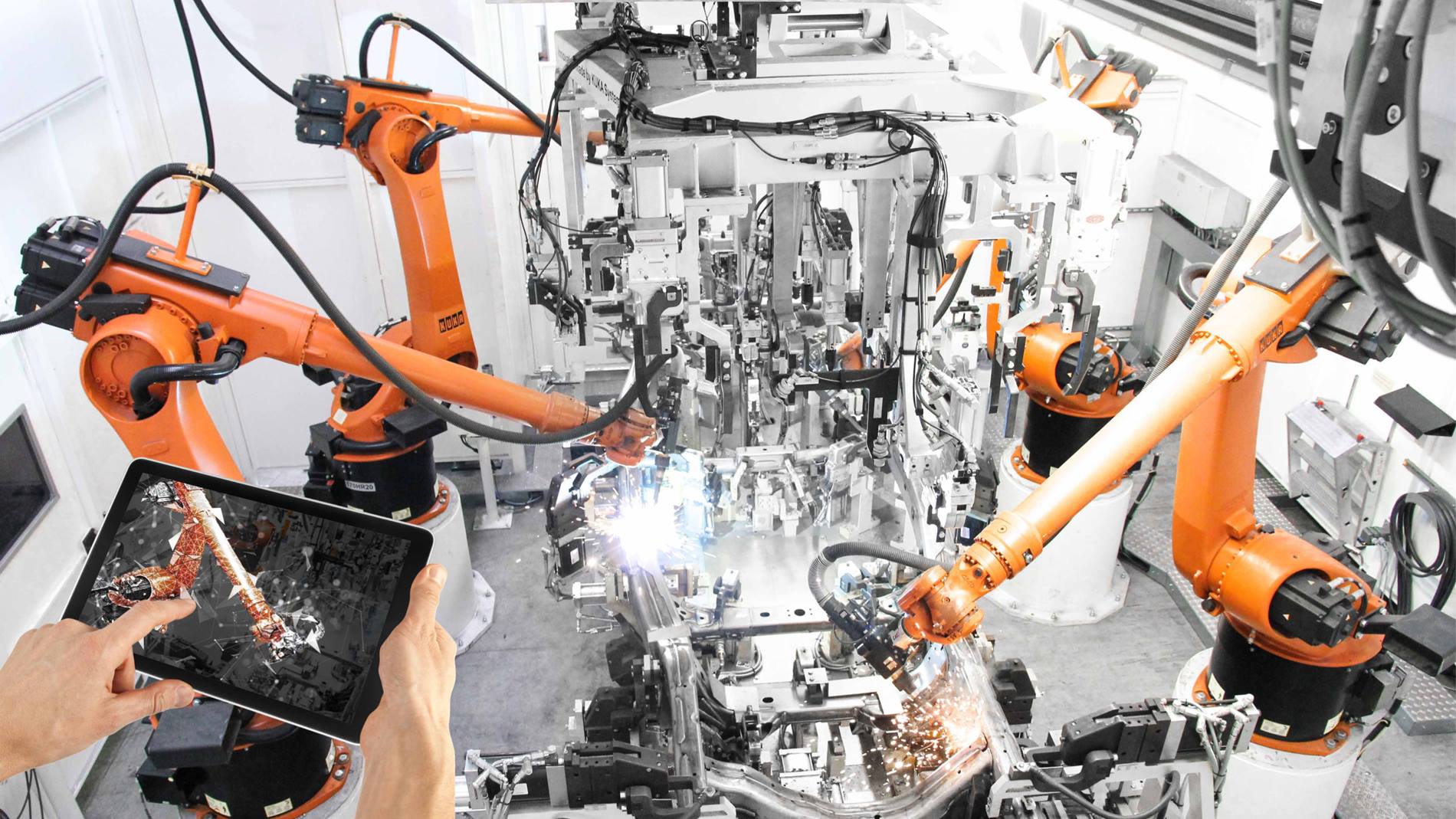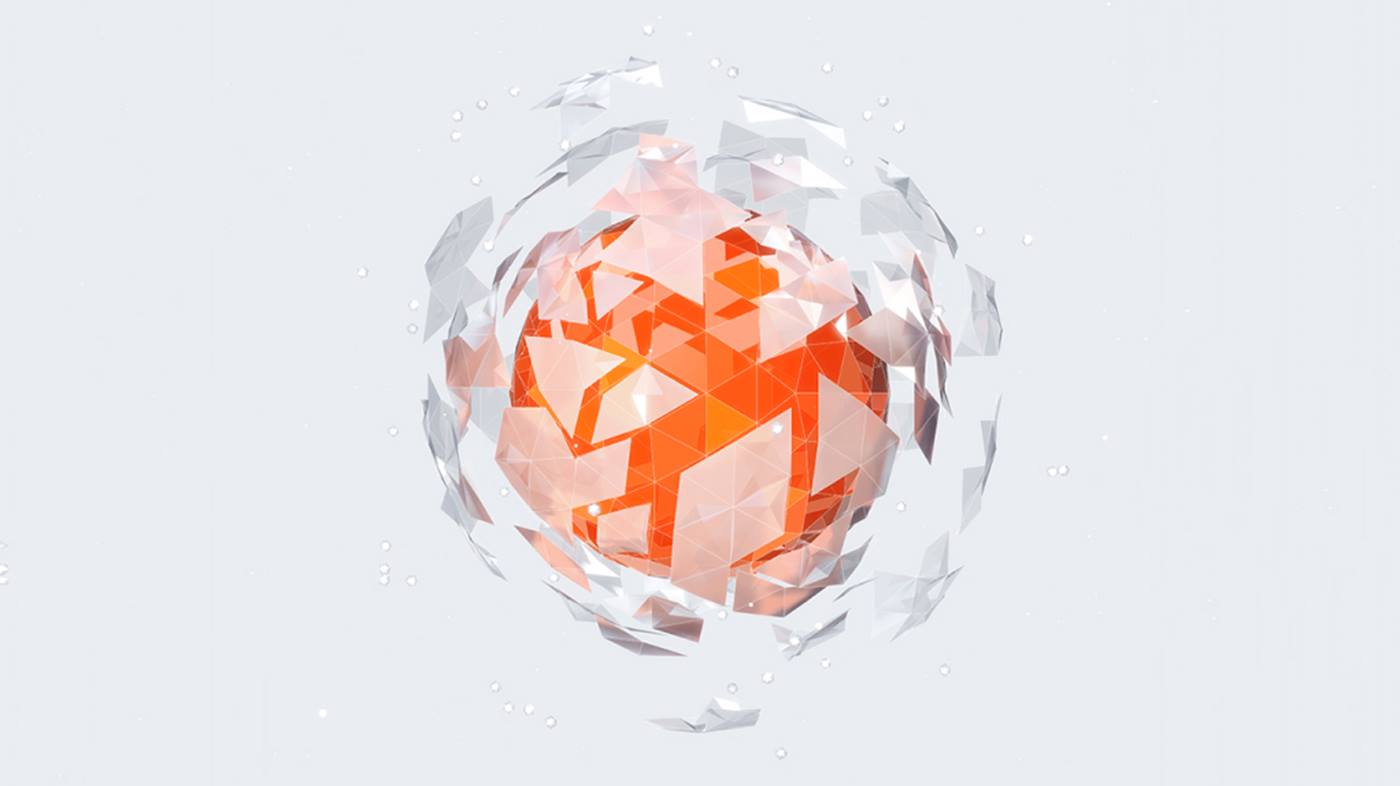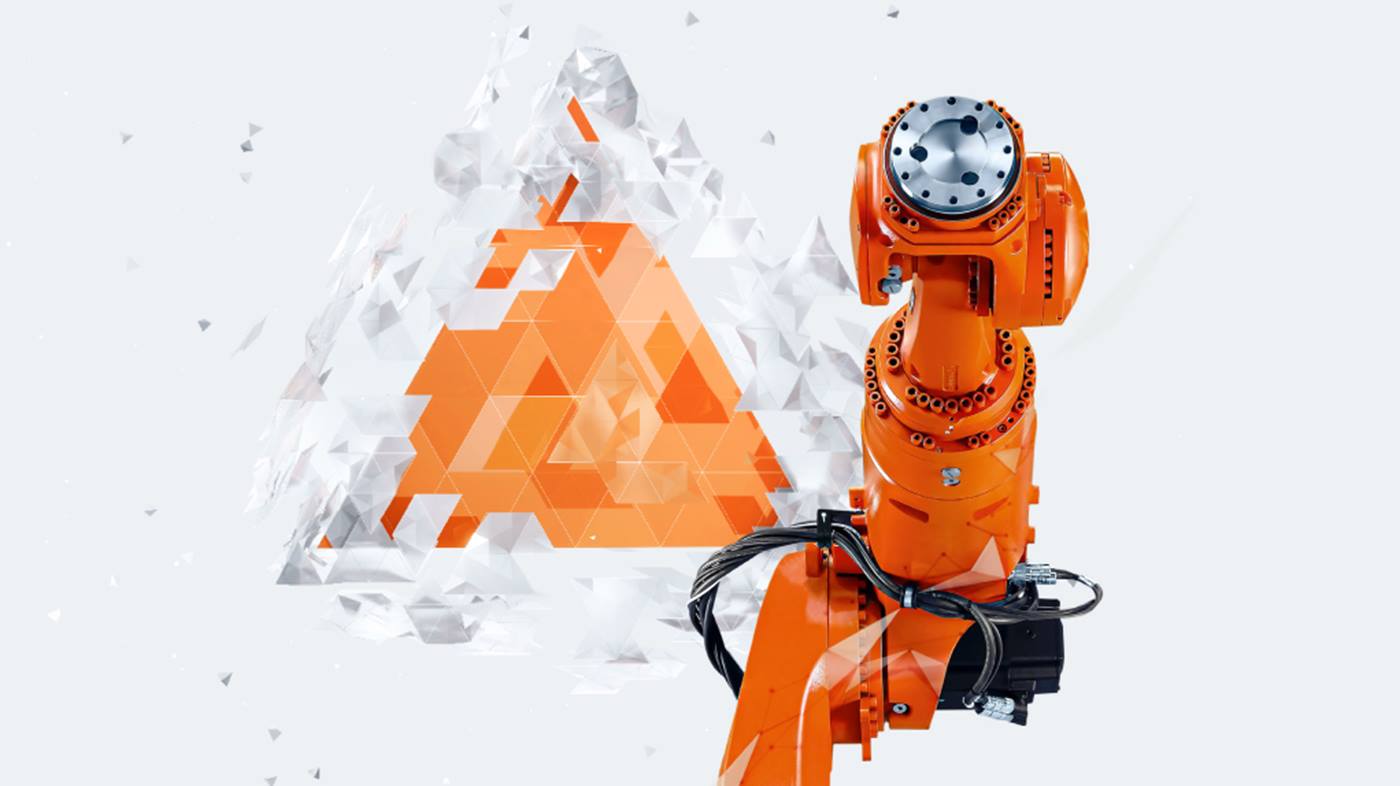The smart transformation into the digital world
Digitalization needs pioneers: KUKA is not only a proactive driver of cross-manufacturer and cross-industry standards, but is also involved in the development of platforms that connect real production with corresponding digital structures. We are thus creating the necessary conditions for an open and universal platform architecture. To this end, we are a partner and member of numerous associations and institutions advancing research and technology, for example the OPC Foundation (OPC UA), Plattform Industrie 4.0, the Open Industry 4.0 Alliance, MindSphere World e.V., and the Industrial Digital Twin Association (IDTA).
A platform architecture of this kind brings decisive advantages: for example, it allows production data to be accessed at any time and from any device. This means that components and processes can be analyzed, administered and, as required, adapted or reconfigured with virtually unlimited computing power. And not least, it is possible to reach completely new markets and regions via the Internet and to scale know-how.
Shopfloor and edge gateway
In the digital factory, every data transfer initially begins with a component or process in production. Their control and sensor systems communicate with their periphery via specific protocols and bus systems. The standardized communication protocol for this is OPC UA.
The edge gateway provides the communication interface between the cell network (operational technology, OT) and the higher-level IT network (information technology). At the local edge level, the information from the real things is already collected, consolidated, compressed and encrypted.
You can easily integrate edge gateways into existing (brownfield) production facilities, thus connecting these to the new digital world. As the edge layer interacts between things and the cloud, the components are relieved of cloud communication requirements, such as security, computing power, memory requirements, etc., and at the same time are augmented with missing, cloud-compatible communication protocols.
For you as the end customer and operator of the cells and systems it is important that the data accessibility of your processes is enabled with minimally invasive integration of an edge. KUKA is therefore driving the standardization and disclosure of interfaces so that all things in production can communicate with the cloud via the same edge. In this connection, KUKA is working in the established committees and is promoting OPC UA as a standardized communication protocol.
The cloud layer on the Internet
The data is collected on the Edge, pre-filtered and sent to the Internet of Things platform (IoT platform) in compliance with the latest security standards. The platform is provided by established cloud providers such as Microsoft Azure or Amazon Web Services. This guarantees modern security standards, resilience, and cost efficiency.
The IoT platform then resides on one of these cloud infrastructures and is continuously developed with the support of IoT specialist Device Insight. It can be operated on any infrastructure, i.e. as a private or public cloud as required.
Numerous services are offered on the IoT platform: These include basic services for data storage and processing (Big Data), as well as for authentication and authorization management. Based on this, artificial intelligence processes, predictive maintenance, and event evaluations take place.
This data can be evaluated in the context of a machine or even an entire factory and enriched with additional information from the KUKA Cloud. This enables plant operators to gain detailed insights and use the results to adapt their processes and make them more efficient.
KUKA is constantly focused on the needs of small and medium-sized mechanical and systems engineering companies. Our IoT platform is therefore available to enterprises from all sectors and can be used across all markets. This allows you to concentrate entirely on your core competencies while gaining access to established microservices.







